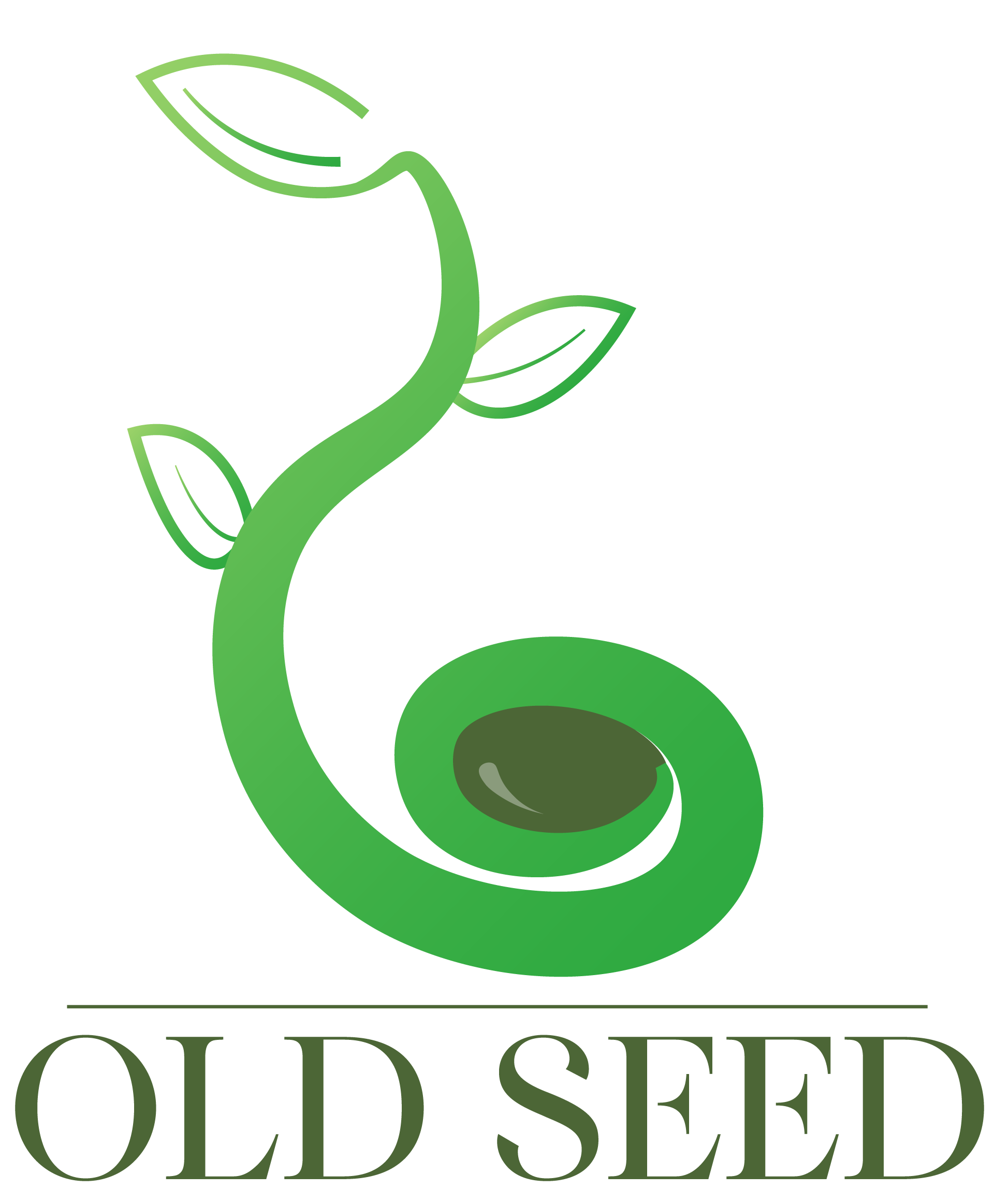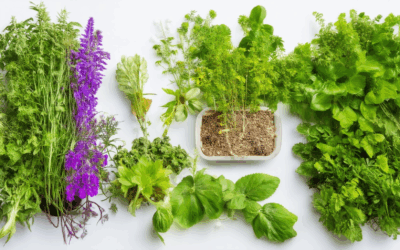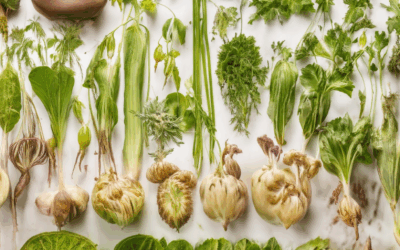Heirloom gardening has emerged as a fascinating movement that bridges the gap between modern agriculture and the rich tapestry of plant history. In recent years, more individuals and communities have embraced this practice, not just for its culinary rewards but for its deeper connection to sustainability and tradition. By growing heirloom plants, gardeners preserve rare and ancient varieties, ensuring biodiversity and offering a unique flavor profile that hybrids often lack. This article delves into the benefits, challenges, and resources available to those looking to start or expand their heirloom gardening journey within their own communities. From understanding the basics to exploring the future trends, we’ll cover everything you need to know to embrace this rewarding and meaningful endeavor.
Key Takeaways
– Adaptability and Hardy Nature: Heirloom plants are well-suited to their regional environments, requiring less synthetic inputs and maintenance.
– Sustainable Practices: Heirlooms reduce reliance on chemicals and pesticides, making them a sustainable choice for eco-conscious gardeners.
– Rich Flavors and Nutrition: These plants often deliver superior taste and higher nutritional value, appealing to food enthusiasts.
– Lower Maintenance Once Established: With proper care, heirlooms thrive in their native conditions, minimizing long-term effort.
– Free Seed Collections: Explore free heirloom seed resources to support sustainable gardening and preserve traditional varieties.
– Challenges Mitigated: While heirlooms may have lower yields and require more attention, their resilience and unique traits make them a rewarding option for dedicated gardeners.
Heirloom Gardening
Heirloom gardening is a method of growing plants that have been passed down through generations, often for hundreds of years. These plants are typically grown from open-pollinated seeds, which means they can be saved and replanted each year to produce the same variety.
Key Aspects of Heirloom Gardening
- Open-Pollination: Heirloom plants are usually open-pollinated, meaning they don’t require pollinators like bees to produce viable seeds. This makes them easier to save for future planting seasons.
- Traditional Varieties: Heirloom varieties often have unique traits, such as unusual shapes, colors, or flavors, making them distinct from modern hybrids.
- Cultural Significance: Many heirloom plants have historical, cultural, or culinary significance, often tied to regional traditions and family recipes.
Benefits of Heirloom Gardening
- Superior Flavor and Nutrition: Many heirloom varieties are known for their superior taste and nutritional content compared to modern hybrids.
- Biodiversity: Heirloom gardening contributes to plant biodiversity, which is essential for ecosystem health and resilience.
- DIY Appeal: Saving seeds and growing heirlooms allows gardeners to take control of their own food production, adding a hands-on, DIY element to gardening.
Challenges of Heirloom Gardening
- Lower Yields: Heirloom plants may not yield as much as hybrid varieties, which are often bred for maximum productivity.
- Requires More Attention: Heirloom plants may need more care and attention to thrive, as they are less adapted to modern agricultural practices.
Despite these challenges, heirloom gardening offers a unique opportunity to connect with nature, preserve heritage, and enjoy the satisfaction of growing something truly special. Whether you’re an experienced gardener or new to the hobby, heirloom gardening can be a rewarding journey.
For more information on getting started with heirloom gardening, visit OldSeed.org and explore their resources on sustainable gardening and heirloom seed preservation.
Disadvantages of Heirloom Seeds
While heirloom seeds offer many benefits, they also come with certain drawbacks that gardeners and farmers should be aware of:
- Variable Germination Rates: Heirloom seeds may have inconsistent germination rates due to their genetic diversity. This can lead to uneven growth and reduced crop yields compared to hybrid varieties.
- Genetic Instability: Over time, heirloom seeds can develop genetic mutations, which might result in plants that are less uniform in size, shape, and yield. This can make them less predictable compared to hybrid seeds.
- Susceptibility to Pests and Diseases: Since heirloom seeds are often open-pollinated and not genetically modified, they can be more vulnerable to pests and diseases. This requires more attention and care to maintain healthy plants.
- Higher Labor Intensity: Growing heirloom seeds often means more manual intervention, such as pollinating by hand or trellising plants. This can increase the labor required compared to hybrid or GMO crops.
- Limited Resistance to Stressors: Heirloom plants may not have the same level of resistance to stressors like drought, heat, or cold as hybrid varieties, making them less adaptable in certain growing conditions.
- Reduced Availability of Varieties: While there are thousands of heirloom varieties available, finding specific types can be challenging. This limited availability can restrict planting options for some growers.
- Requires Special Storage Conditions: Heirloom seeds typically require cooler temperatures during storage to remain viable. This can be a challenge for large-scale operations or regions with limited storage capabilities.
- Environmental Impact Concerns: Some heirloom seeds may have been treated with chemicals or synthetic fertilizers during production, which can affect their organic status. This is something to consider if you’re aiming for an organic garden.
Despite these challenges, heirloom seeds remain popular among gardeners who value genetic diversity, historical heritage, and unique flavors. By understanding these disadvantages, you can make informed decisions about which seeds to choose and how to manage your growing environment.
For more information on heirloom gardening and sustainable practices, visit our resource hub . Explore our collection of heirloom seeds and learn how to grow them successfully.
Are Heirloom Plants Usually 50 Years Old?
Heirloom plants are often associated with a long history, typically spanning several decades. While the exact age can vary, many sources suggest that heirloom vegetables are generally 50-100 years old or more. This timeframe reflects the historical and traditional lineage often associated with heirloom varieties.
The term “heirloom” implies a plant that has been passed down through generations, often dating back to family gardens or regional traditions. However, the lack of a universal standard makes it difficult to define precisely. Some experts, like the Piedmont Master Gardeners, note that the concept of heirloom plants is subjective and may not always correlate with a specific age range.
Historically, before 1951, hybridization of vegetables was less common, meaning many heirloom varieties predated this era. This historical context contributes to the perception that heirloom plants are often quite old. For example, many heirloom tomato varieties trace their origins back several decades, reflecting this long-standing tradition.
It’s important to note that the age of an heirloom plant can also depend on its specific variety and cultural background. Some plants may have been carefully preserved for centuries, while others may have evolved more recently.
For more information on heirloom gardening and sustainable practices, visit Old Seed .
Are Heirloom Plants Harder to Grow?
Heirloom plants are often celebrated for their unique traits and historical significance, but many gardeners wonder if they are inherently harder to grow compared to hybrid or genetically modified varieties.
While some heirloom plants may require more attention to specific growing conditions, the reality is that regionally adapted heirlooms are often easier to care for and more resilient. These plants are bred to thrive in particular climates, reducing the need for pesticides and chemicals. In fact, many gardeners find heirlooms to be just as manageable, if not more so, than hybrid options.
Why Are Heirloom Plants Considered Hardier?
- Adaptability: Heirloom plants are naturally suited to their regions, minimizing the need for synthetic inputs and maintenance.
- Fewer Chemicals: Regionally adapted heirlooms tend to have stronger immune systems, reducing pest issues and disease susceptibility.
- Better Flavor and Nutrition: Heirloom varieties often offer superior taste and nutritional value, making them a worthwhile effort for food lovers.
- Historical Resilience: These plants have been cultivated for centuries, developing traits that allow them to survive diverse conditions.
- Lower Maintenance Once Established: Once heirlooms are settled into the right environment, they typically require less care and attention.
- Genetic Diversity: A wider gene pool means greater resistance to pests and diseases, contributing to their hardiness.
Old Seed advocates for heirloom gardening, recognizing the benefits of biodiversity and sustainable practices. By choosing the right heirlooms for your area, you can enjoy bountiful harvests with less effort and fewer inputs. Explore our collection today and discover the joy of growing plants that have stood the test of time.
For more tips and resources on heirloom gardening, visit us at Old Seed . Our mission is to promote sustainable agriculture and preserve traditional gardening methods for future generations.
Are Heirlooms Hard to Grow?
Heirloom varieties are often celebrated for their rich history and unique traits, but many people wonder if they are difficult to grow compared to modern hybrids. The truth is, heirlooms are just as easy to grow as any other type of seed, and with proper care, they can thrive in your garden.
Key Considerations for Growing Heirlooms
- Seed Preparation: Heirloom seeds are typically untreated, meaning they don’t undergo chemical treatments like conventional seeds. While this means you’ll need to prepare the soil properly, it’s a simple process that benefits both your plants and the environment.
- Planting Time: Most heirlooms require the same planting times as regular crops, though some may have slightly different maturity dates based on variety. Research specific cultivars to align planting with your growing season.
- Nutrition and Soil Requirements: Heirlooms generally prefer well-draining, nutrient-rich soil. Regular compost or organic matter can work wonders for their growth, ensuring robust plants and abundant harvests.
- Pest and Disease Management: Like any garden crop, heirlooms may face pests or diseases. However, many heirloom varieties are bred to be more resistant to common issues, making them a low-maintenance choice.
Benefits of Growing Heirlooms
- Diverse Traits: Heirlooms come in various shapes, sizes, and colors, offering a wider range of options for your garden.
- Unique Flavors: These varieties often have richer, more complex flavors due to their heritage, making them a rewarding choice for home gardeners.
- Sustainability: By growing heirlooms, you contribute to preserving biodiversity and sustainable agriculture, supporting traditional farming practices.
Why Are Heirlooms Popular?
Heirlooms are beloved by gardeners for their reliability and the joy they bring to meal preparation. Their hardiness and adaptability make them a great addition to any garden, regardless of experience level.
For more tips on getting started with heirloom gardening, visit our resource hub to explore guides, tips, and inspiration tailored for eco-conscious gardeners.
What Are the Disadvantages of Heirloom Tomatoes?
Heirloom tomatoes, while celebrated for their flavor and genetic diversity, do come with certain drawbacks that gardeners and consumers should be aware of:
1. Lower Yield Potential
Heirloom tomato plants typically produce smaller yields compared to hybrid varieties. This can be a challenge for home gardeners seeking consistent harvests for canning, sauces, or fresh use.
2. Susceptibility to Pests and Diseases
Heirloom tomatoes are often more vulnerable to pests and diseases due to their open-pollinated nature and less uniform genetics. This requires more careful monitoring and intervention to maintain healthy plants.
3. Higher Cost
Heirloom tomato seeds and plants can be more expensive than hybrid options. This cost is reflected in both seed availability and plant starter costs, making them less accessible for some gardeners.
4. Need for Pollination
Heirloom tomatoes require pollination by bees and other insects, unlike hybrid varieties that are often self-pollinating. This reliance on pollinators can limit their success in environments where bee populations are declining.
5. Limited Storage Life
Heirloom tomatoes may not store well for extended periods compared to hybrid varieties. Their shorter shelf life means they need to be eaten or preserved quickly after harvesting to prevent spoilage.
6. More Care Required
Growing heirloom tomatoes usually demands more attention to soil preparation, watering, and fertilization to maximize productivity and minimize issues. This care can be labor-intensive for those new to gardening.
Despite these disadvantages, heirloom tomatoes remain popular among gardeners for their unique flavors, historical significance, and nutritional benefits. Many find the effort worthwhile for the quality and variety they bring to their gardens.








0 Comments